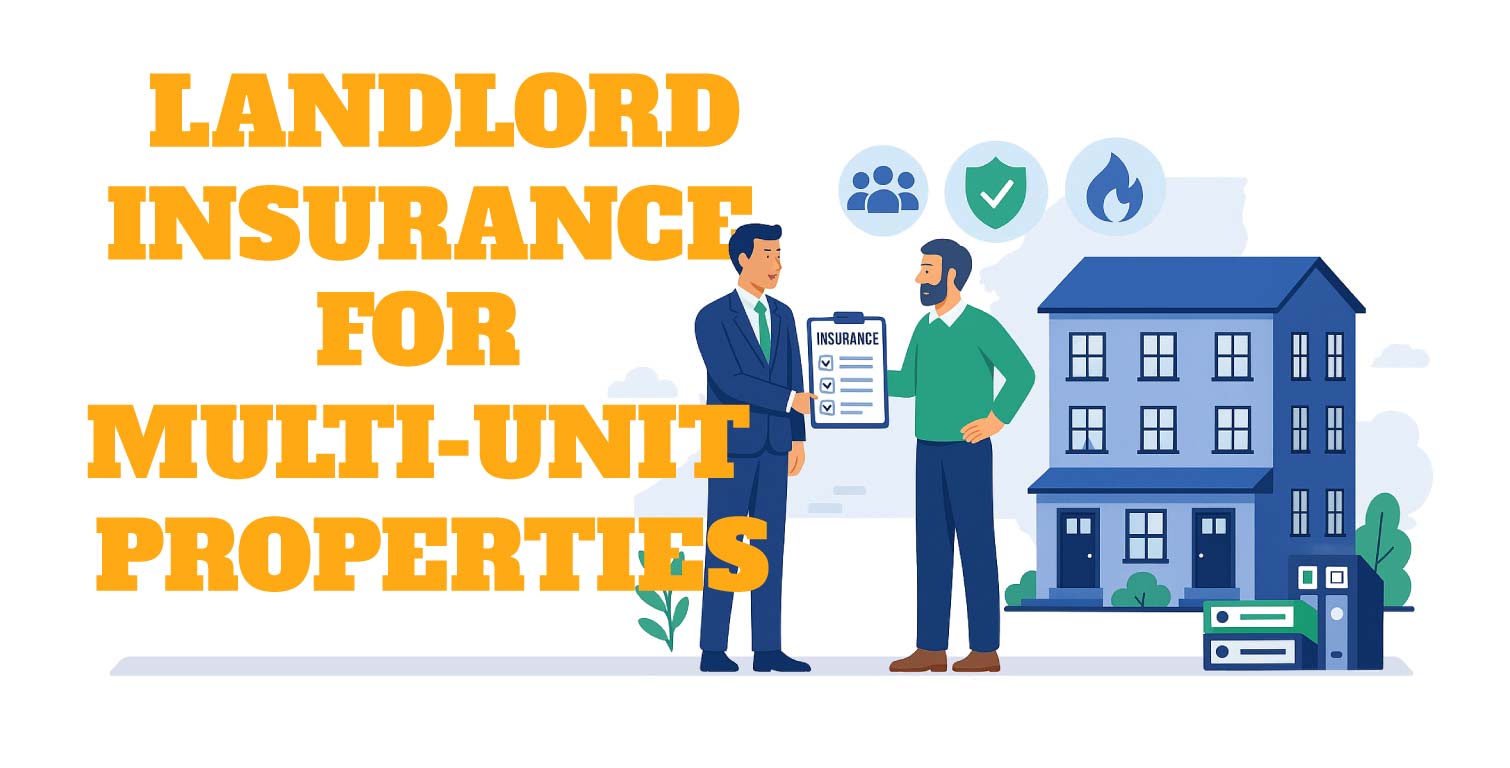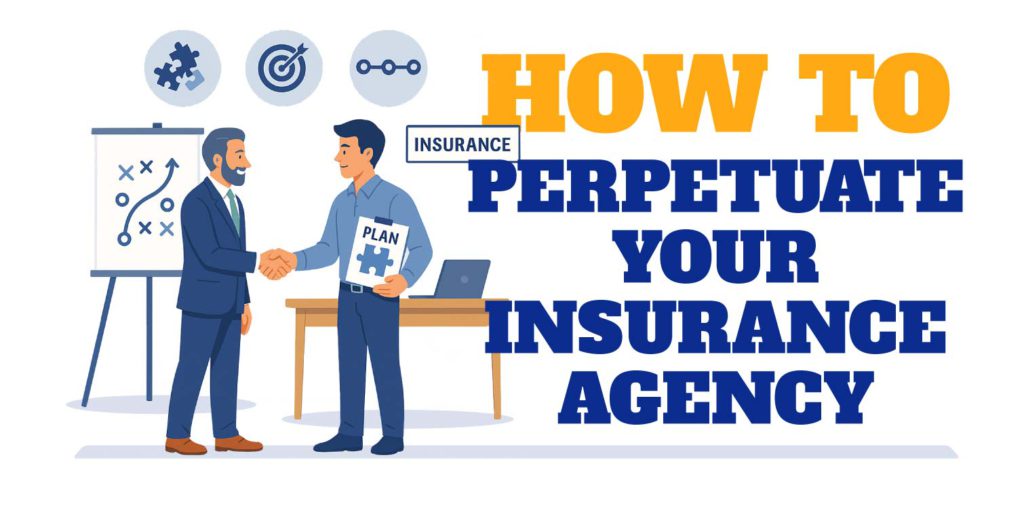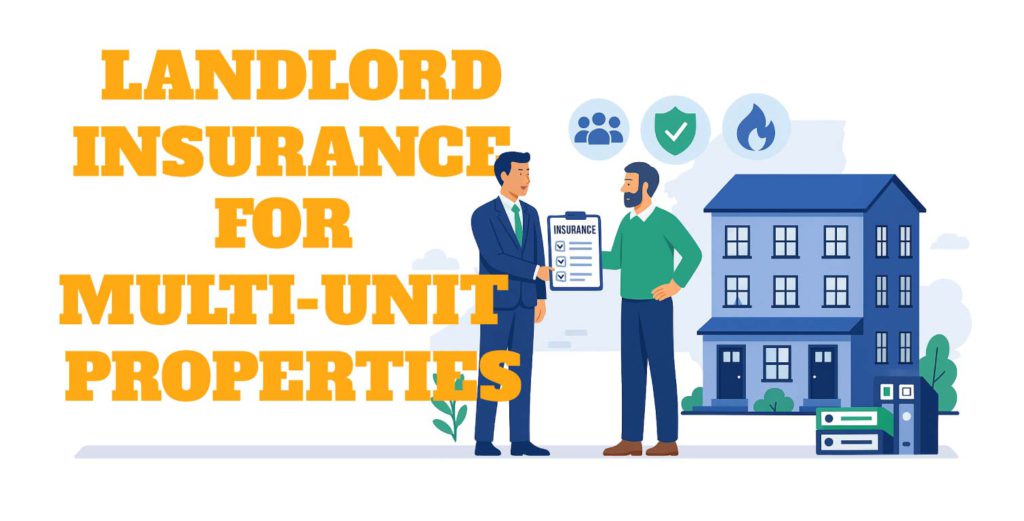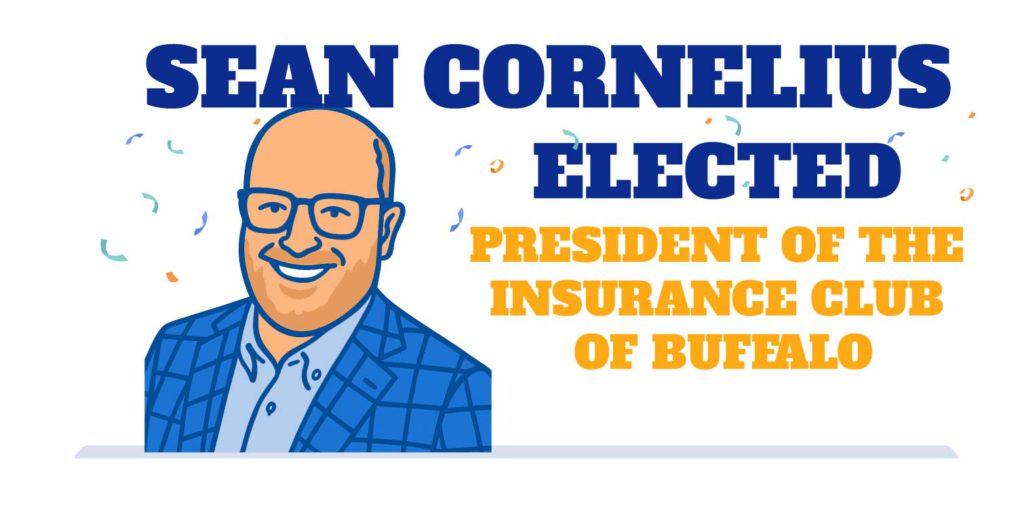Owning a multi-unit property can be a smart real estate investment, especially in growing areas like Upstate New York. Whether you’re managing a duplex, triplex, or small apartment building, protecting your property—and your livelihood—requires more than just a standard insurance policy. Multi-unit properties come with increased exposure, more tenants, and higher liability risks. That’s why landlord insurance tailored to multi-unit buildings is essential.
At Weed Ross, we work with property owners across East Aurora, Ellicottville, Ravena, Randolph, and Westfield to customize insurance solutions that match the complexity of their investments. As a local independent insurance agency, we partner with over 40 carriers to find the right policy and rate for every type of property. If you’re a real estate investor or landlord with a multi-unit building, here’s what you need to know.
In this article, we’ll cover:
- What landlord insurance typically includes
- Special considerations for multi-unit properties
- Optional coverage you may need
- Common exclusions and gaps to watch for
- How Weed Ross helps landlords stay protected
What Does Landlord Insurance Cover?
Landlord insurance is different from homeowners insurance. While both protect against property damage, landlord insurance is specifically designed for non-owner-occupied buildings. At a baseline, a landlord policy typically includes:
Property Coverage: Protection for the building itself and attached structures against covered perils like fire, wind, hail, and vandalism.
Liability Coverage: Covers legal and medical expenses if a tenant or visitor is injured due to unsafe conditions on your property.
Loss of Rental Income: Also known as fair rental value coverage, this reimburses you for lost income if your property becomes uninhabitable due to a covered event.
Optional Add-ons: Depending on the provider, you can customize your policy with endorsements for water backup, equipment breakdown, or ordinance and law coverage.
For landlords managing more than one tenant or unit, these coverages become even more critical.
Why Multi-Unit Properties Need Specialized Coverage
With more tenants come more moving parts—and more risks. Multi-unit properties present unique challenges that single-family rentals don’t, including:
- Shared spaces: Hallways, staircases, basements, laundry rooms, and parking lots are common areas where accidents can happen.
- Increased foot traffic: More people coming and going increases the likelihood of property damage or personal injury claims.
- Higher property values: Multi-unit dwellings often represent a larger financial investment, requiring higher coverage limits.
- More frequent repairs: With multiple tenants, wear and tear accumulates faster, making systems like HVAC, plumbing, and electrical more susceptible to failure.
For all of these reasons, your policy should be scaled to the size and complexity of the building—and that’s where working with a local independent agency like Weed Ross can help.
Optional Coverage to Consider
Many landlords are surprised to learn that standard policies may not cover everything. Depending on your property’s size, age, and amenities, you may need additional protection. Here are some optional coverages worth considering:
Equipment Breakdown
If your building has a central HVAC system, water heaters, or electrical panels, this coverage pays for repairs or replacement if they suddenly fail.
Water and Sewer Backup
A common risk in older buildings, water backup from drains or sewers can cause significant damage and may not be included in a basic policy.
Umbrella Liability Insurance
Provides an extra layer of liability protection above and beyond your standard policy limits—ideal for landlords with multiple units or multiple properties.
Ordinance or Law Coverage
If your building is damaged and you’re required to bring it up to current codes during repair, this coverage helps pay for those additional costs.
Tenant Move-Back Expense
Covers costs associated with moving tenants out temporarily and back in once repairs are complete.
What’s Not Covered? Common Exclusions
It’s just as important to understand what landlord insurance doesn’t cover. Landlord insurance generally does not cover tenant belongings, so it’s important to encourage your tenants to carry renters insurance to protect their personal property.
Additionally, maintenance-related issues—such as damage from neglect, pest infestations, or gradual wear and tear—are typically excluded from coverage. Damage caused intentionally, whether by you or your tenants, is also not covered under a standard landlord policy.
And like most property insurance, landlord coverage does not include flood damage, which means you’ll need a separate flood insurance policy if your rental property is in a flood-prone area. Reviewing your policy with an experienced agent can help identify these gaps and offer solutions to close them.
How Weed Ross Helps Landlords Protect Their Investment
At Weed Ross, we understand that managing a multi-unit property comes with enough challenges. That’s why we take the complexity out of your insurance. As an independent agency, we compare quotes across top-rated carriers and customize your coverage to suit the specific risks of your building, tenants, and location.
Our local presence also means we’re available when you need us—no 1-800 numbers, no long hold times. Whether you’re dealing with a frozen pipe in February or storm damage in July, we’ll help you understand your coverage and guide you through the claims process.
If you own or are planning to purchase a multi-unit property in Upstate New York, contact Weed Ross for a customized insurance review. We’ll help you identify risks, compare carrier options, and make sure your policy is built to match the scale of your investment.



